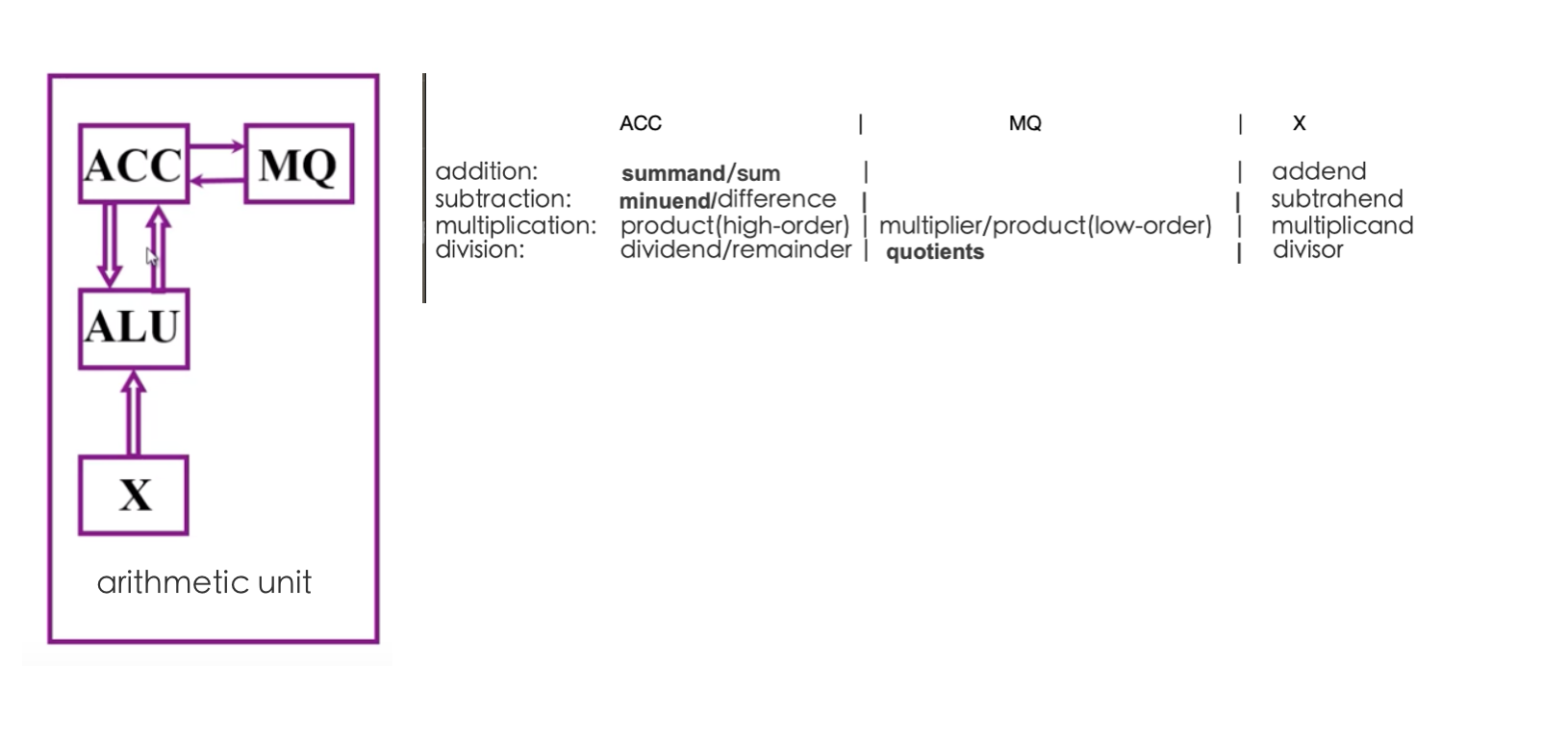The issue here is that the product is often twice as big as the accumulator. So only half can fit into the accumulator. So the rest must go into another register. Even the 286 does it this way. You can only store the low part in the AX register. The rest will be returned in the DX register. Except in this case, Acc is the high part of the result and the low part stores in MQ. Acc is not wide enough to hold the entire result. I don't know why they put the low part of the answer in MQ rather than Acc.
On divisions, this works similarly. On older x86 machines, when you divide, the quotient is placed in AX and the modulus is returned in DX.


MQ? $\endgroup$